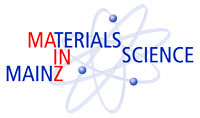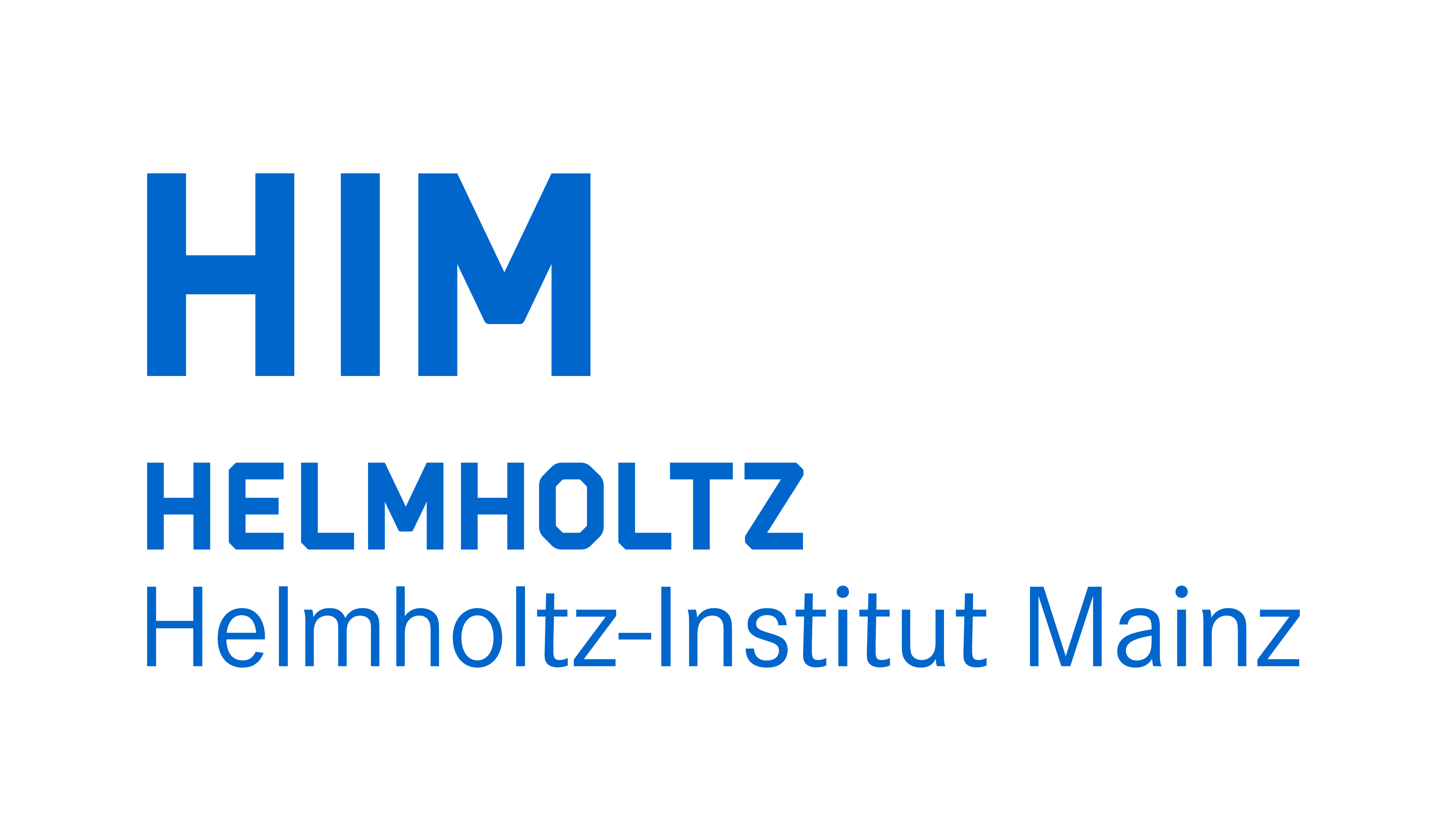


Physikalisches Kolloquium
Nov. 19, 2024 at
4:15 p.m.
in
HS KPH
Prof. Dr. Alfons Weber
Institut für Physik
a.weber@uni-mainz.de
Prof. Dr. Hartmut Wittig
Institut für Kernphysik
hartmut.wittig@uni-mainz.de
From Micronovae to Supernovae: The Physics of Stellar Explosions
Jordi Jose (Universitat Politècnica de Catalunya)
Stellar evolution and the origin of cosmic elements constitute a truly multidisciplinary arena that combines tools, developments and achievements in theoretical astrophysics, observational astronomy, cosmochemistry and nuclear physics: supercomputers have provided astrophysicists with the required computational capabilities to study the evolution of stars in a multidimensional framework; the emergence of high-energy astrophysics with space-borne observatories has opened new windows to observe the Universe, from a novel panchromatic perspective; cosmochemists have isolated tiny pieces of stardust embedded in primitive meteorites, giving clues on the processes operating in stars as well as on the way matter condenses to form solids; and nuclear physicists are measuring reactions near stellar energies, using stable and radioactive ion beams.
This talk will provide a comprehensive insight into the physics of stellar explosions, with particular emphasis on some recent advances in the modeling of type Ia supernovae, classical and recurrent novae, and type I X-ray bursts.